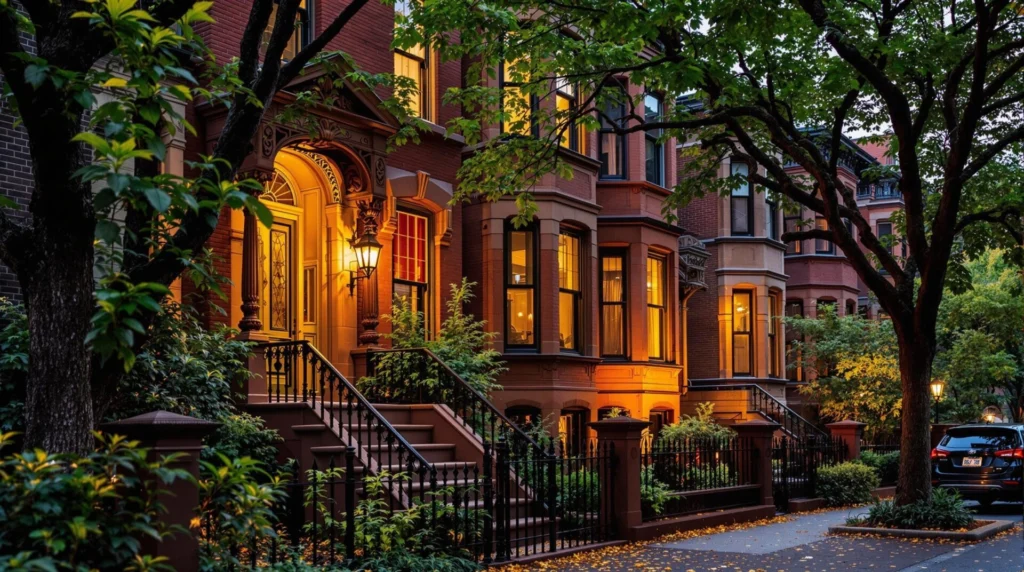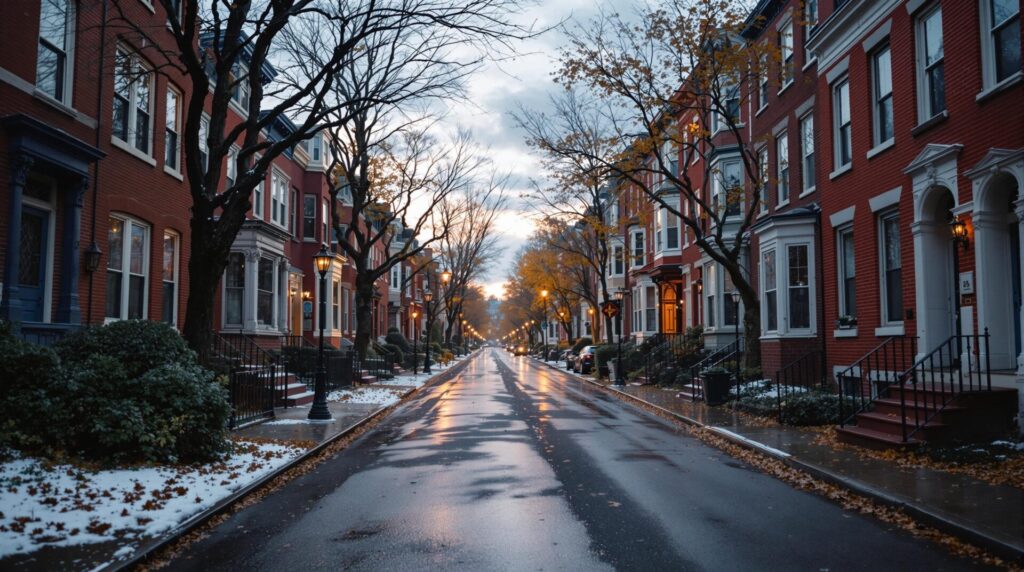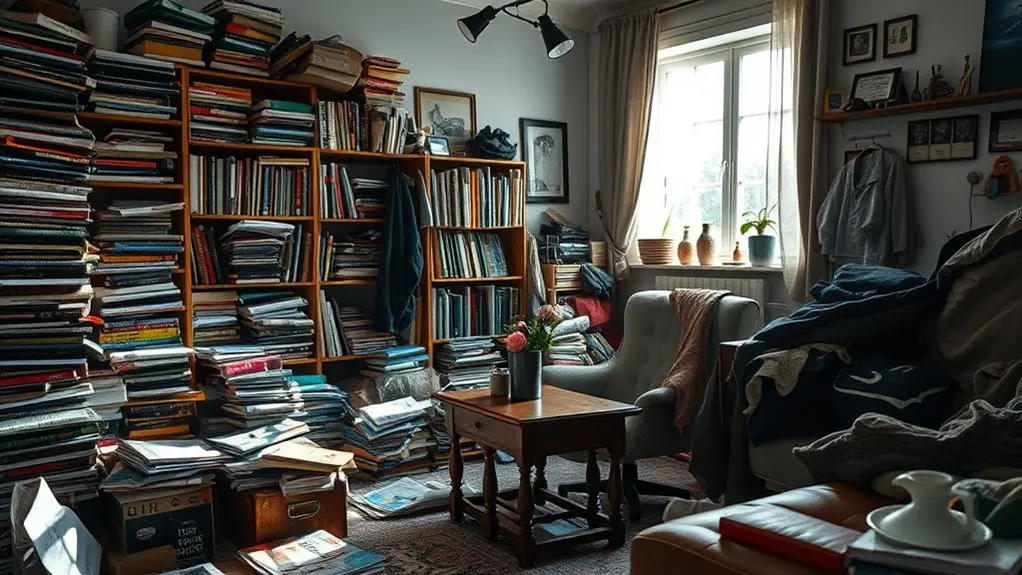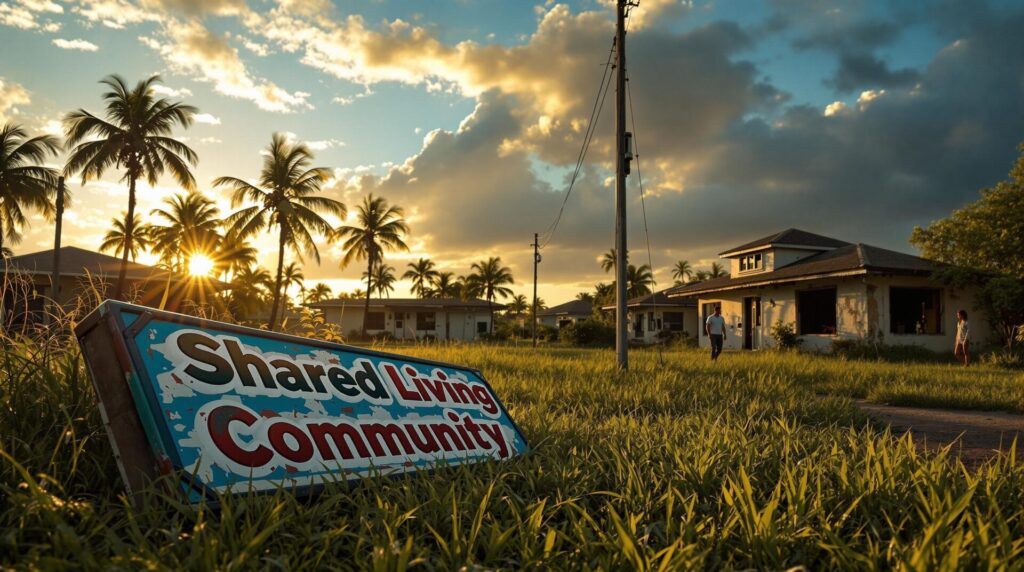Key Takeaways
- The severity of the U.S. housing crisis, with a record number of renters struggling with affordability.
- The rise of tiny homes as an affordable alternative, reflecting a shift in housing preferences and needs.
- The need for broader solutions to address the systemic issues in the U.S. housing market.
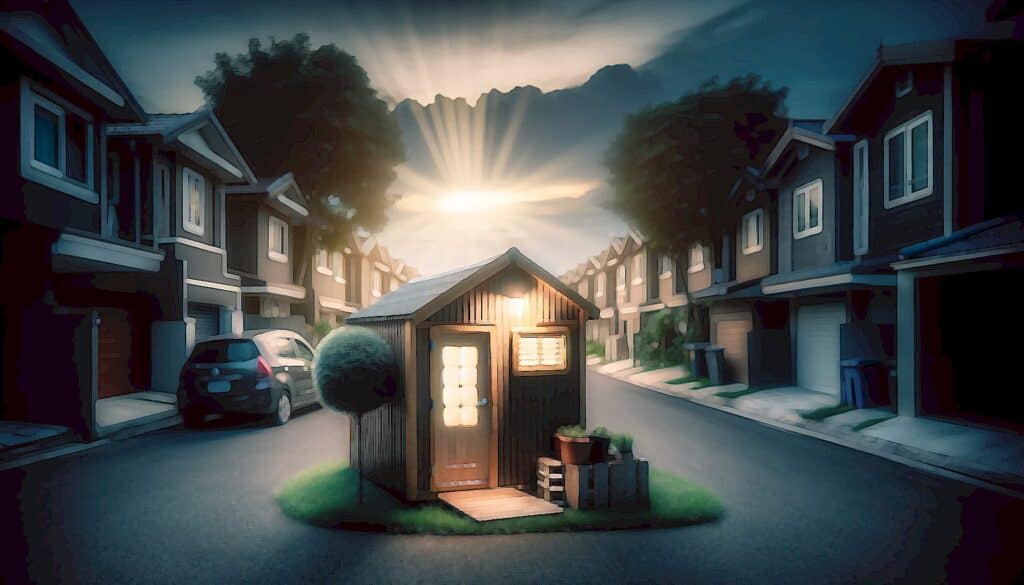
Facing the Affordable Housing Crisis: A New Era of Homeownership Emerging
In the wake of unprecedented rent increases across the United States, a novel trend is emerging among younger generations.
Faced with a challenging housing market, millennials and Generation Z are finding inventive solutions, notably turning to online retailers like Amazon to buy affordable tiny homes.
This development marks a significant shift in the traditional American dream of homeownership, adapting to the economic realities of today’s society.
Rise in Rent Prices and Its Impact
The housing affordability crisis in the U.S. has reached new heights, with a substantial portion of renters paying well beyond their means.
Reports from CNN and NPR highlight that many Americans are now dedicating over 30% of their income to rent, exceeding the generally accepted threshold of affordability. This surge in housing costs has sparked growing concerns about financial stability and access to affordable living, particularly in urban centers. The NYC rental market challenges exemplify this issue, as skyrocketing rents and limited housing availability strain residents’ budgets. Experts warn that without intervention, these trends could exacerbate economic inequality and housing insecurity across the country.
The situation is especially dire for renters like Genuine Campbell, a Philadelphia mother whose rent surged while her income remained unchanged.
According to the Joint Center for Housing Studies of Harvard University, this trend has seen an alarming rise in 2022, affecting renters across all income brackets.
Trend of Purchasing Tiny Homes
In response to skyrocketing rents, an increasing number of young Americans are exploring alternative housing options.
Prefabricated tiny homes, available through platforms like Amazon, have gained popularity for their affordability and convenience.
This trend, as covered in outlets such as the New York Post and UNILAD, showcases individuals like Jeffrey Bryant and TikToker Graim, who have chosen tiny homes as a viable path to homeownership.
Tiny Homes as a Response to the Housing Crisis
Tiny homes are not just a housing trend but a practical solution to the affordability crisis.
For people like Jeffrey Bryant, purchasing a tiny home is both a personal investment and a means to aid those in need, exemplifying a new, socially conscious approach to housing.
Similarly, Graim’s vision of a tiny home community for rental purposes reflects a broader strategy to address housing affordability in an innovative manner.
Challenges and Considerations
Despite their appeal, tiny homes come with their own set of challenges.
Zoning laws, building permits, and the practicalities of living in a compact space pose significant hurdles.
Additionally, the total cost of owning a tiny home, including land, utilities, and customization, can accumulate, potentially diminishing the initial affordability.
Future of American Housing
The future of housing in America is likely to see a diverse mix of traditional homes, multifamily units, and innovative solutions like tiny homes.
While the tiny home movement addresses some immediate needs, experts caution that long-term solutions to the housing crisis will require a multifaceted approach, including policy changes and increased housing supply.
Assessment
The rise of tiny homes as a response to soaring rent prices is a testament to American ingenuity and adaptability.
RELATED CONTENT
However, it also underscores the urgent need for comprehensive strategies to address the deep-seated issues in the housing market.
The long-term sustainability of the tiny home trend, alongside other innovative housing solutions, will be critical in shaping the future of American housing.
References
- CNN: “Half of US tenants can’t afford to pay their rent. Here’s what’s ahead”.
- NPR: “Housing is now unaffordable for a record half of all U.S. renters, study finds”.
- New York Post: “Gen Z, millennials are becoming homeowners — thanks to $30K tiny homes on Amazon”.
- UNILAD: “Man ‘buys’ $30,000 house on Amazon and people are divided”.
- NOW Toronto: “This 23-year-old impulsively bought a house on Amazon for $26K. Here’s why he isn’t the first and won’t be the last”.
- The Daily Dot: “‘This is about to be the gen Z Sear’s house’: Amazon customer says you can buy a house on the website for $18,000”.
No related posts.




